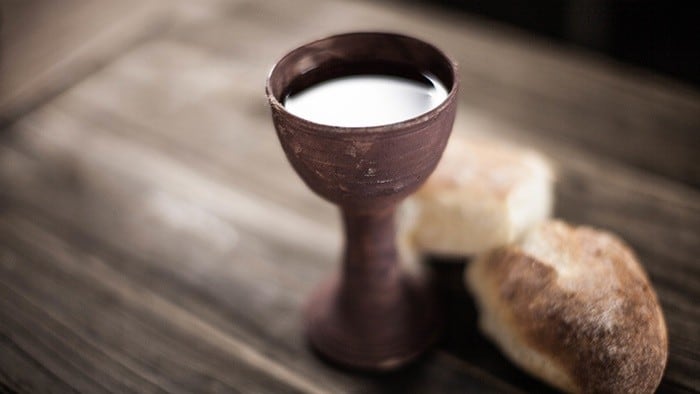Another holiday season approaches. As in the past, there will be long hours of travel, shopping, preparing, cooking, eating, and football. Memories will be made and recounted.
When I was young, my medium-sized extended family gathered for celebratory meals such as Thanksgiving, Christmas, Easter and birthdays. We were storytellers, not foodies. My grandmother was the best storyteller because she made us laugh the most. Even when our stomachs were full, we lingered around the table to hear and talk more.
Eating together is an ancient practice. Tables have changed, seating methods have changed, but the ritual of friends and families gathering to dine, facing one another, remains the same.
Why is eating together so powerful? Studies show that children who grow up eating regularly with their families are more secure in relationships, make better food choices and perform better academically.
In other studies, brain research demonstrates that face-to-face conversation is the most stimulating of all forms of verbal communication. When we eat at a table, we face each other. If the dialog is positive, the dining experience is life-giving and releases hormones causing the body and brain to feel good. Whether we say it or not, we are thankful for food and companionship.
The most notable meal in human history is the Passover meal where Jesus institutes the Lord’s Supper as a sign of the New Covenant, related in Matthew 26:26-29, Mark 14:22-25, Luke 22:14-20, and John 13.
Before Christ, the Passover meal was part of the annual Feast of Unleavened Bread which invited the Jewish people to look back and remember God delivering them out of slavery in Egypt (Exodus 12). The meal was also a reminder of the hope of redemption and the deliverance from the slavery of sin.
At Jesus’s last earthly supper, he transformed the meal into a sign of the New Covenant when he broke the unleavened bread and said, “Take, eat; this is my body, broken for you.” And he took the cup, filled with red wine, “This is my blood, poured out for the forgiveness of sins.”
Traditionally, this is believed to be the cup of redemption or the cup of blessing. Jesus’s blood poured out for us during the crucifixion is a blessing for all who believe in Him.
We now call this a sacrament, Communion. For us, it is a reminder of Jesus’s sacrifice which paid the penalty of our sin giving us forgiveness and eternal life. When we eat this small, but powerful meal at church, we look back to Christ’s sacrifice. But just as Passover was a meal causing people to look back and forward, so is the Communion meal a time to look back and forward.
Not only do we remember what Christ has done, we are to look forward to what Christ will do. Jesus said in Matthew 26:29, “I tell you I will not drink again of this fruit of the vine until that day when I drink it new with you in my Father’s kingdom.” There is a wedding feast after Jesus returns to bring the new heaven and new Earth. (I Corinthians 11:26, Revelation 19:9) What a meal that will be!
As I have read and thought of these things over the years, I’m compelled to find a way to integrate these reminders into my daily life. My intention is not to replace the sanctity of the Communion meal, but to weave the earthly importance of physical nourishment with the biblical recounting of eating in community with Jesus.
Truthfully, it is a daily battle to get a meal on the table where my family pauses to eat together. My new motivation to continue fighting this battle is two-fold.
First, God has designed our bodies and beings to eat together to be physically nourished, but also emotionally nourished via the brain’s response to face-to-face communication. Secondly, putting a meal on the table is a practice and a shadow of eating at the wedding banquet with Jesus when He comes again.
While the holidays come barreling toward us, let us pause. Let us reflect, if just for a moment, that the holiday meals are an opportunity to not only create family memories, but also a way of practicing for the future feast of dining with Jesus.
Need ideas for celebrating Thanksgiving? Check out what ideas Cru.org offers.
